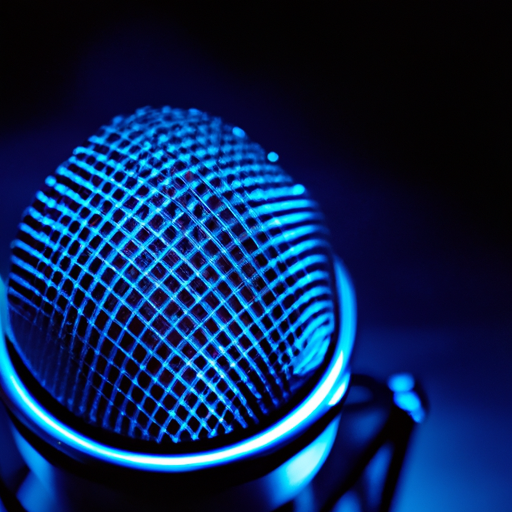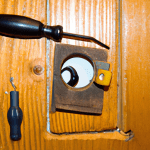Introduction
In the world of audio technology, there is a fascinating process that allows us to convert sound waves into electrical signals. This conversion is made possible by a device known as a transducer. In this article, we will explore the different types of transducers and how they play a crucial role in audio conversion technology.
Understanding Transducers
Transducers are devices that convert one form of energy into another. In the context of audio technology, transducers are responsible for converting sound waves, which are mechanical energy, into electrical signals, which can be processed and amplified. These electrical signals can then be further converted into sound waves using speakers or headphones.
Microphones: The Sound-to-Electrical Signal Converters
One of the most common types of transducers used for audio conversion is the microphone. Microphones are designed to capture sound waves and convert them into electrical signals. They consist of a diaphragm that vibrates in response to sound waves, and this vibration is then converted into an electrical signal through various mechanisms such as electromagnetic induction or piezoelectricity.
Types of Microphones
There are several types of microphones available, each with its own unique characteristics and applications. Some of the most commonly used microphones include:
1. Dynamic Microphones: These microphones use a diaphragm attached to a coil that moves within a magnetic field. When sound waves hit the diaphragm, it vibrates, causing the coil to move and generate an electrical signal.
2. Condenser Microphones: Condenser microphones consist of a diaphragm placed close to a metal plate. When sound waves hit the diaphragm, it creates variations in the distance between the diaphragm and the plate, resulting in changes in capacitance and generating an electrical signal.
3. Ribbon Microphones: Ribbon microphones use a thin strip of metal (ribbon) suspended between two magnets. When sound waves hit the ribbon, it vibrates, generating an electrical signal through electromagnetic induction.
Other Transducers for Audio Conversion
Apart from microphones, there are other transducers used in audio conversion technology. These include:
1. Piezoelectric Transducers: Piezoelectric transducers utilize the piezoelectric effect, where certain materials generate an electrical charge when subjected to mechanical stress. These transducers are commonly used in devices like contact microphones and ultrasonic sensors.
2. Speakers and Headphones: While microphones convert sound waves into electrical signals, speakers and headphones perform the opposite function. They receive electrical signals and convert them back into sound waves, allowing us to hear the audio.
Conclusion
The process of converting sound waves into electrical signals is made possible by transducers. Microphones, with their various types, play a crucial role in this audio conversion technology. Additionally, other transducers like piezoelectric transducers and speakers/headphones contribute to the overall audio experience. Understanding these devices and their functions helps us appreciate the intricate technology behind audio conversion.




